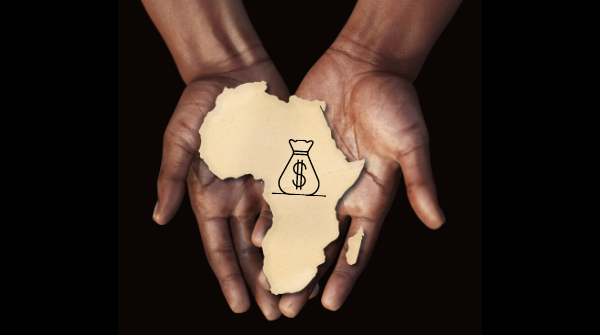For the first time in 2025, Nigeria’s money supply has recorded a decline, dropping to N110.32 trillion in February from N110.94 trillion in January, marking a 0.56% decrease. This contraction comes amid the Central Bank of Nigeria’s (CBN) continued efforts in liquidity management, monetary tightening, and exchange rate adjustments.
Despite this monthly decline, money supply remains significantly higher than a year ago, showing a 15.45% increase from N95.56 trillion in February 2024. This suggests that while short-term liquidity is being managed, overall monetary expansion remains strong.
Foreign and Domestic Assets in Focus
A closer look at the broad money supply (M3) reveals notable movements in both net foreign assets (NFA) and net domestic assets (NDA).
- Net Foreign Assets: Dropped 8.62% to N32.34 trillion in February, down from N35.39 trillion in January. This decline, exceeding N3 trillion, likely reflects lower external reserves or increased FX interventions by the CBN to stabilize the naira.
- Net Domestic Assets: Increased 3.21% to N77.97 trillion, up from N75.55 trillion in January, indicating continued expansion in credit to the government and private sector.
Over the past year, net foreign assets have seen a sharp rise from N7.41 trillion in February 2024, reflecting exchange rate liberalization and increased foreign capital inflows. Conversely, net domestic assets have declined slightly from N88.15 trillion a year ago, hinting at potential adjustments in monetary policy and asset composition.
Broad and Narrow Money Supply Trends
The broad money supply (M2), which excludes certain large time deposits, also dipped slightly to N110.31 trillion in February from N110.93 trillion in January, mirroring the 0.56% contraction seen in M3. However, year-on-year growth remains strong at 17.39%, reflecting increased government spending and fiscal support in late 2024.
In contrast, narrow money (M1), which includes cash in circulation and demand deposits, expanded 2.18% in February, reaching N37.57 trillion from N36.77 trillion in January. This growth suggests higher liquidity among businesses and households, likely driven by increased transactional demand and fiscal disbursements.
Compared to February 2024, when M1 stood at N30.28 trillion, narrow money has grown by 24.07%, pointing to a shift toward cash-based transactions amid inflationary pressures and currency fluctuations.
Implications for the Economy
The decline in money supply highlights the impact of CBN’s liquidity management strategies, particularly its efforts to stabilize the foreign exchange market. While foreign assets surged in 2024, they now appear to be leveling off, possibly due to reduced forex inflows or CBN’s interventions.
With inflation remaining a key concern and the naira showing relative stability after recent policy reforms, this monetary contraction could provide short-term relief for policymakers. The data may also influence discussions at the upcoming Monetary Policy Committee (MPC) meeting, where the CBN will assess its inflation control strategies while maintaining economic growth.
As Nigeria navigates these financial shifts, the coming months will be crucial in determining whether this decline in money supply is a temporary adjustment or the beginning of a broader monetary tightening trend.











